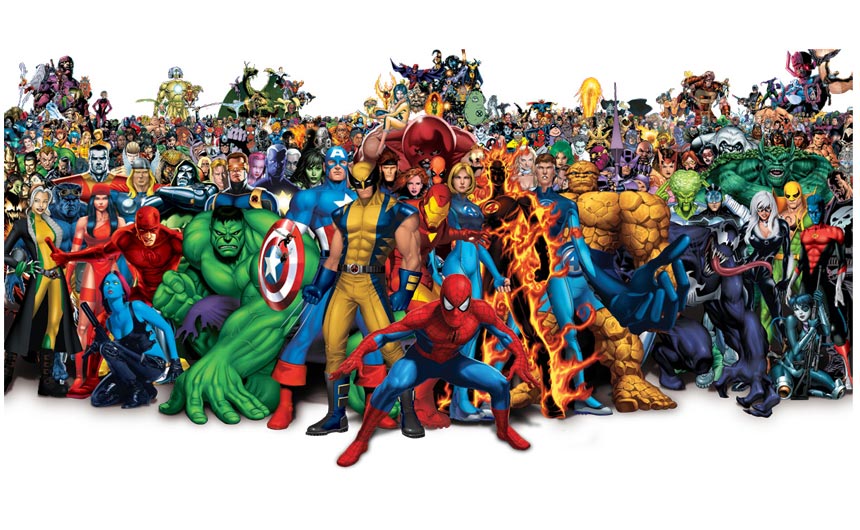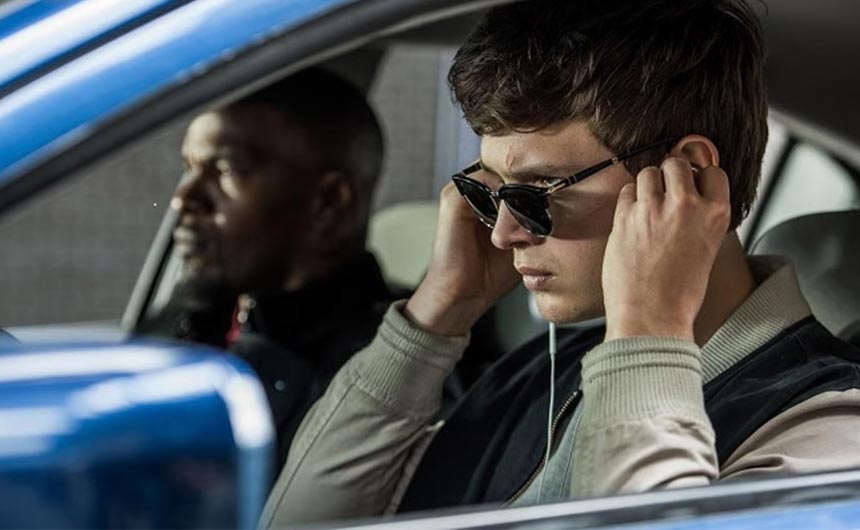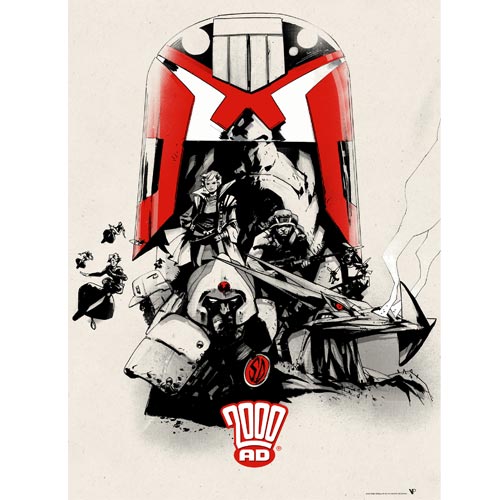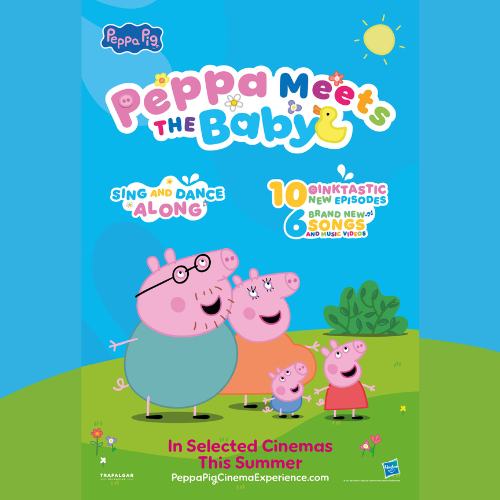Rebellion’s Damian Treece on why comic book creations are big business.
David Wooderson…
I’ve been trying to think of a suitably cool pop culture analogy to encapsulate the comic book and graphic novel industry and that’s where I’ve landed, David Wooderson.
For those of you scratching your heads, Wooderson is the iconic character portrayed by Matthew McConaughey in Richard Linklater’s seminal coming of age movie, Dazed and Confused.
He’s the laidback, effortlessly cool stoner who guides a group of Texan high-schoolers to adulthood. They look up to him, they want to be him, they think he’s subversive and ‘sticking it to the man’.
But to the viewer, he’s also louche, there’s something behind the veneer of cool and charm that we can’t completely trust.
Comics and their character universes have long held a similar status in the public conscious. Initially cherished by a highly engaged fan base for the art form that they are, but only truly having mass appeal when Hollywood begins to exploit them with the rough edges smoothed away.

Look at some of the biggest box-office successes of the last 20 years and a healthy proportion are derived from the world of comics and graphic novels. The Marvel Universe, a plot of comic real estate for which Disney ponied up a cool $4 billion. It saw the cool. AT&T is currently trying to acquire Time Warner (including DC Comics) for over $100 billion. It sees the cool. We’ve also seen last week, as reported on LicensingSource, Netflix buying Millarworld Comics. It sees potential in comic book IP ownership.
What these content producers see, aside from dollar signs in licensing revenue, are fully evolved worlds ripe for further development. A batch of characters, and brands that have an engrained, sometimes nostalgic, pedigree complete with an existing fan base who are hungry for more and want to see their favourite characters jump from the page and be made flesh on screen (big or small).
These comic brands somewhat mitigate their risk. Anyone who attended a showcase at this year’s Licensing Expo in Las Vegas would have seen a litany of remakes, reboots and sequels making up the majority of slates, because they are safe.

An interesting counterpoint to this comes from my favourite film of the year, Edgar Wright’s brilliant Baby Driver (pictured above). Kudos to Working Title for letting Wright develop and shape his vision, a creative and original premise, perfectly executed. Where the intrigue comes is the fact that Wright could only make Baby Driver because he walked away from Ant-Man, a big budget comic-book franchise.
Why did he walk away from Marvel? As revealed in a Nerdist interview:
“I wanted to make a Marvel movie but I don’t think they wanted to make an Edger Wright movie”.
Translation: We had creative differences and my vision was too risky.

In my own work, that’s where 2000 AD made its mark, following in the anarchic footsteps of its predecessors like Action and taking risks. The comic challenged establishment conservatism and elitism. Teenagers were learning weekly in Dredd strips about the vagaries of consumerism and fascism, Strontium Dog was underpinned by a subtext of racism and genocide. These characters appealed to teens who wanted something different from the norm, something that challenged the monotony of Thatcherite Britain.
Ultimately, I think the point I am trying to make is thus; our industry is heavily geared towards behemoth Hollywood franchises, largely plucked from the pages of literature and comics before being sanitised for mass consumption. However, if we look a little deeper, off the beaten path, there are huge swathes of stunning artwork, powerful stories and compelling characters that exist outside the confines of film and TV.
Those creations may not have huge media drivers, but like the Wood-Man, there’s a whole lot of cool to enjoy.
Damian Treece is brand licensing manager at Rebellion Developments. He can be contacted on damian.treece@Rebellion.co.uk.

































